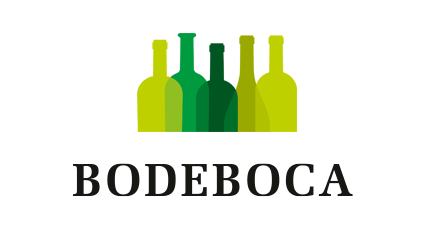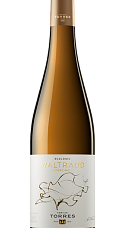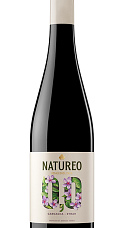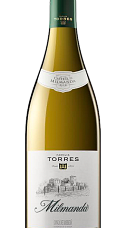Mas de la Rosa 2018
Descripción
Este tinto de Priorat se elabora a partir de las dos variedades reinas de la zona: Cariñena y Garnacha. Mas de la Rosa da nombre a un antiguo viñedo (plantado entre 1939 y 1940) que ahora pertenece a la Familia Torres. De producción limitada, con él podemos descubrir el mágico terrior de una denominación que ha hecho historia en el vino mundial.
Ficha técnica
Cata
Viñedo y elaboración
Opinión de los críticos
The big change for the 2018 Mas de la Rosa compared with the two previous vintages was that the wine matured in a 1,500-liter oak cask instead of in 500-liter barrels and the élevage was extended to 18 months (instead of 16). The wine has lowish alcohol and, curiously enough, a higher pH (3.46, when the norm is around 3.2 to 3.3). 2018 shows the change, when they moved to foudre, and the wine shows the freshness and enough rain from the year. 2,020 bottles, 100 magnums and 30 Jeroboams were filled in October 2020.
The first release was in 2016. This teenager, from just two vintages later, is bursting with fresh ripe red plum and cherry fruits. Already the palate is approachably supple, with smooth tannins, but it will clearly become more complex over time. There’s a delicate note of oak and a finish of warm spice. Winemaker Jordi Foraster continues the fine-tuning with this relatively new acquisition: so far the wine has been made in 500-litre barrels. Henceforward he is looking to use a 1,500-litre foudre. Drinking Window 2021 - 2031.
Blackberry, plum, and black cherry with some rose and mushroom. Hints of spices. Medium to full body. Round and balanced tannins and a fresh finish. Refined and polished for the vintage. Still tight. Drinkable now, but better after 2023.














Añadas: 2019 2018
Esta añada no tiene valoraciones todavía. Pincha en las otras añadas para ver sus valoraciones.
Esta añada no tiene valoraciones todavía. Pincha en las otras añadas para ver sus valoraciones.